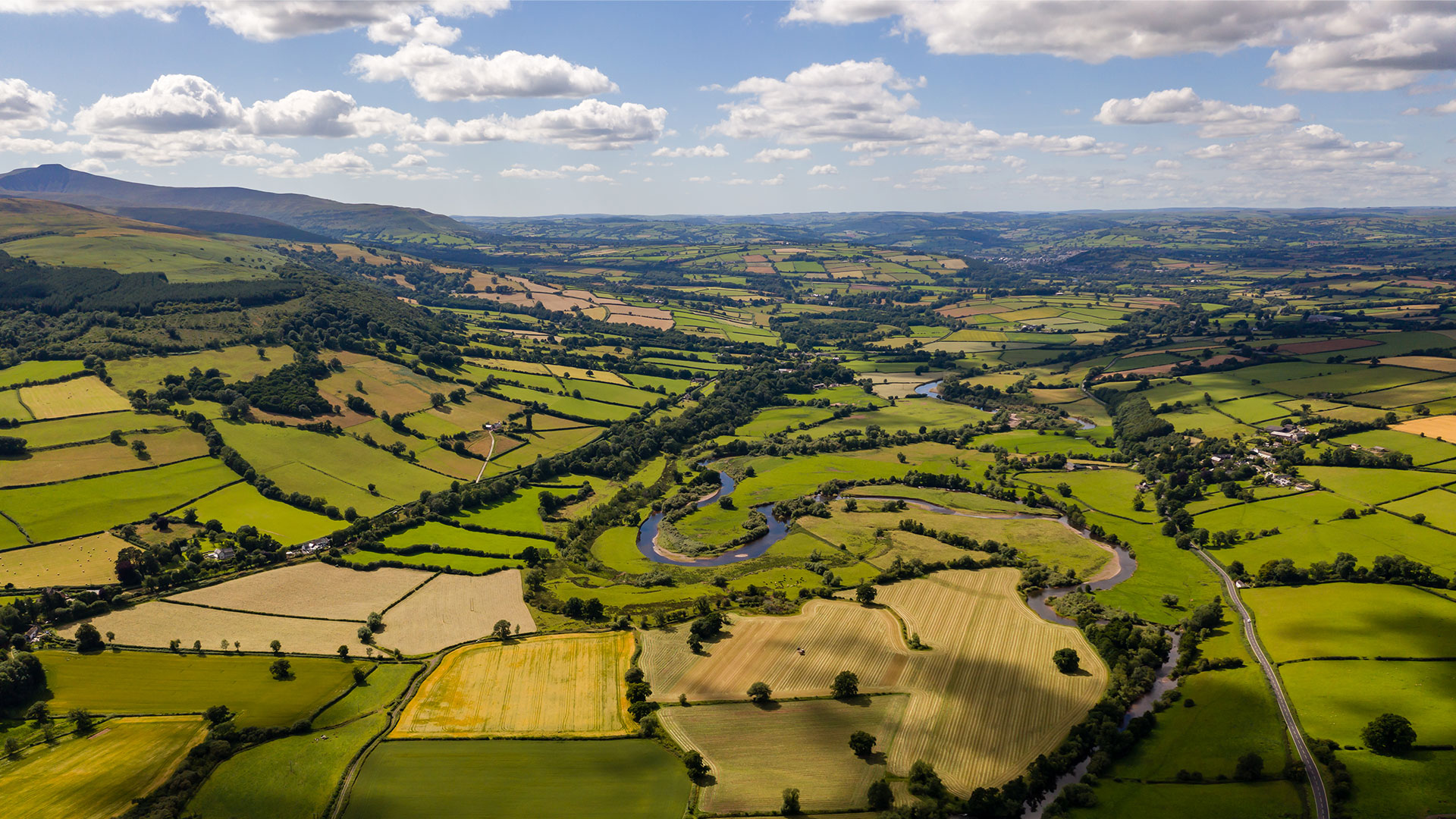Y Bannau – The Future Management Plan for Bannau Brycheiniog (Brecon Beacons) National Park.
The plan’s publication fulfils the National Park Authority’s obligation under section 66(1) of the Environment Act 1995 to prepare and keep under review a Management Plan for the area.
However, this plan aims to be so much more than just the meeting of a statutory requirement. It is a Plan which seeks to clearly and unashamedly articulate the need for widespread and urgent change if we are to survive as a resource for future generations. It is a plan which aims to inspire action and build a coalition of the willing to meet the ambition we raise for this wonderful place we call our home, the Park, Y Bannau: The Future, the Beacons.
Our last Plan Managing Change Together was published in 2010, with the first review putting wellbeing at the heart of the National Park completed and published in 2015. Since this time there has been several shifts in the policy context in which the Plan operates, most notably the recognition by world leaders that we are facing a Climate Emergency and Biodiversity Crisis. These factors alone signalled the need for a radical shift in policymaking and action from that envisioned by plans of just five years ago. This Plan is being published at a time when the world has lived through a global pandemic and emerged with renewed priorities for the future. In those dark days of lockdown, days both tragic and terrible, we learned to reconnect with the natural world. The spring had never felt so vibrant, bird song had never been so clear, we found solace in nature. A theme that underpins all that this Plan entails. The changing policy context and the complexity of the pandemic and its consequences mean that this plan is radically different from the Management Plans that have gone before.
Part of the Plan’s radical shift is the focus on the National Park as a holistic system that is under extreme stress. We draw our inspiration from an economic model called ‘The Doughnut’ devised by Kate Raworth to draw a stark illustration of the extent to which the Park is exceeding socio-economic and environmental sustainability limits.
We are too carbon dependent; our biodiversity is in decline; water quality in some of our most beautiful rivers is hugely compromised; visitor levels have been busier than ever known, leading to traffic chaos in our communities; there is an unprecedented housing affordability crisis fueled by a desirable second home market, not to mention a health and social care crisis. Most of our young people will leave the towns and villages of this Park and some will never come back despite their desire to – their human and social capital disappearing with them. The demographic is shifting older and older as the years go by. The Doughnut model helps us illustrate just how far the needle has to shift if we are to be successful in the implementation of our purposes and duty against these complex issues.
From this picture of the current state of the Park, we can identify where concerted action across a range of stakeholders is necessary to bring about wholesale shifts from business-as-usual to a sustainable future.
We need to see:
- Shifts in land management, from extractive with high external costs to regenerative, sequestering carbon and co-existing with nature recovery and resilient ecosystems.
- Shifts in transport systems from fossil fuel to renewables with a need to create viable and sustainable public transport and active travel options.
- Shifts in energy from fossil fuel to renewable products, focused on community and local heat and power networks.
- Shifts in housing provision to create more affordable options with increased standards of sustainability in design and operation.
- Shifts in our economy from extractive to circular and regenerative with emphasis on digital, new rural skills and green growth.
- Shifts in the way we manage citizens’ health and wellbeing from a medical to a social model. Providing preventative interventions deeply embedded in connecting people with the outdoors and nature
This Plan articulates five ambitious missions intended to galvanise action across the National Park.
The approach is inspired by economist Mariana Mazzucato’s Mission Economy. The missions focus on climate, water, nature, people and place. Each mission is accompanied by objectives that define success.
The missions and the objectives have been developed based on extensive research and collaboration with a wide range of stakeholders. Action plans will now be developed to achieve the missions.









